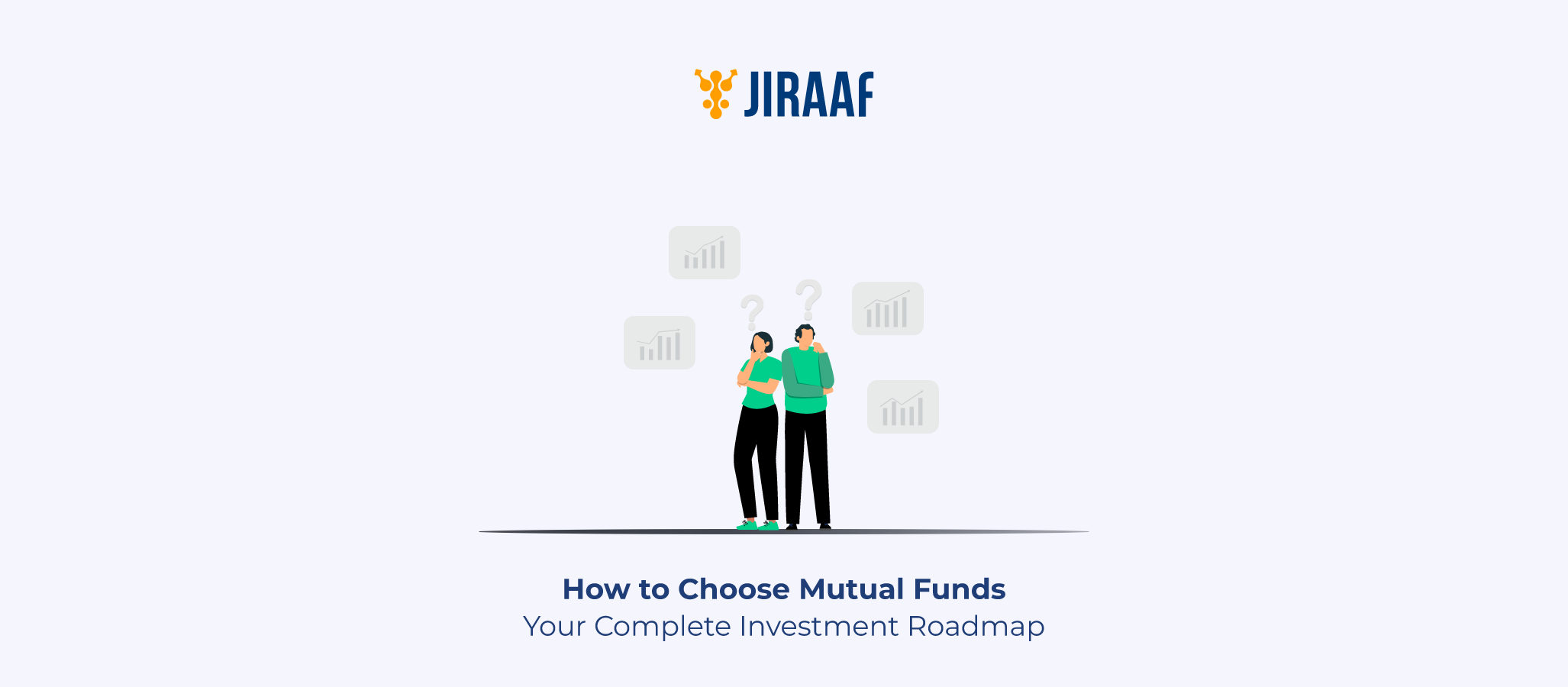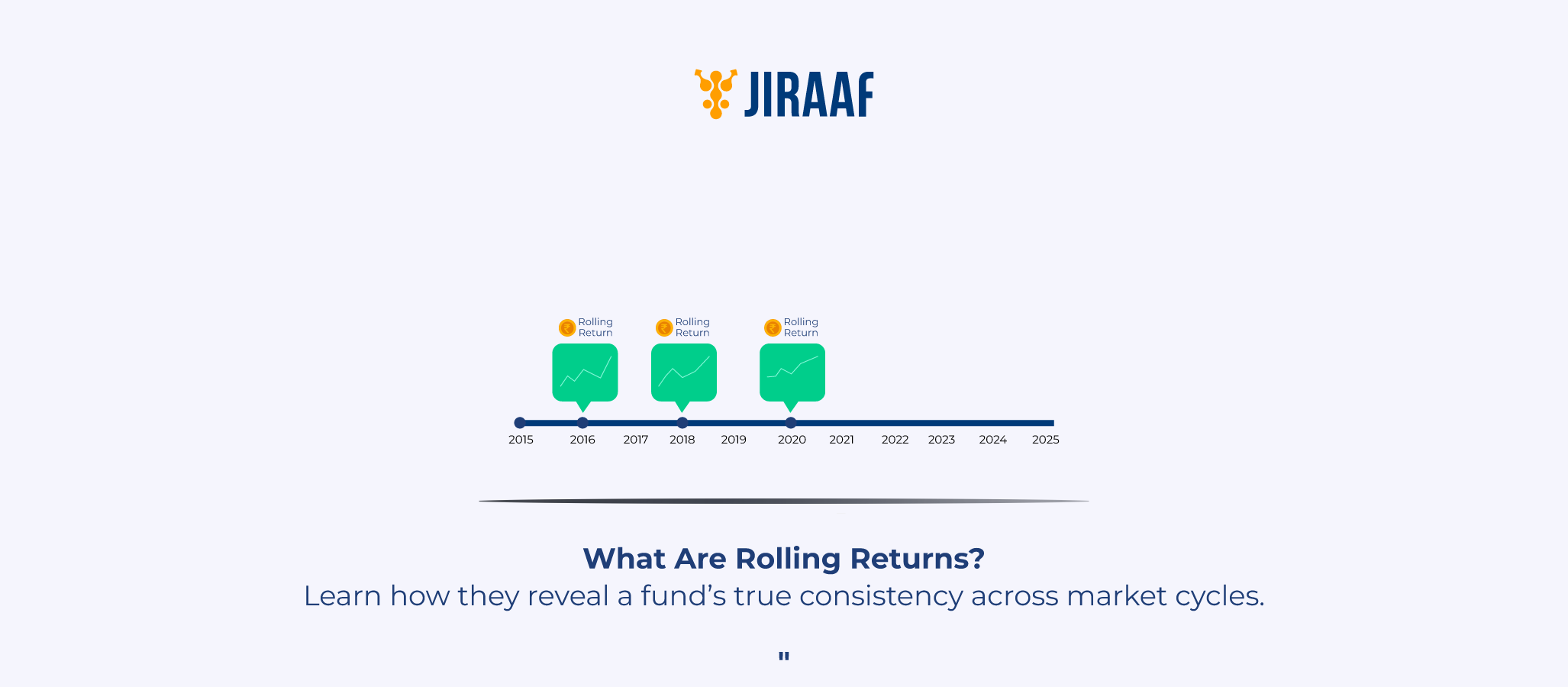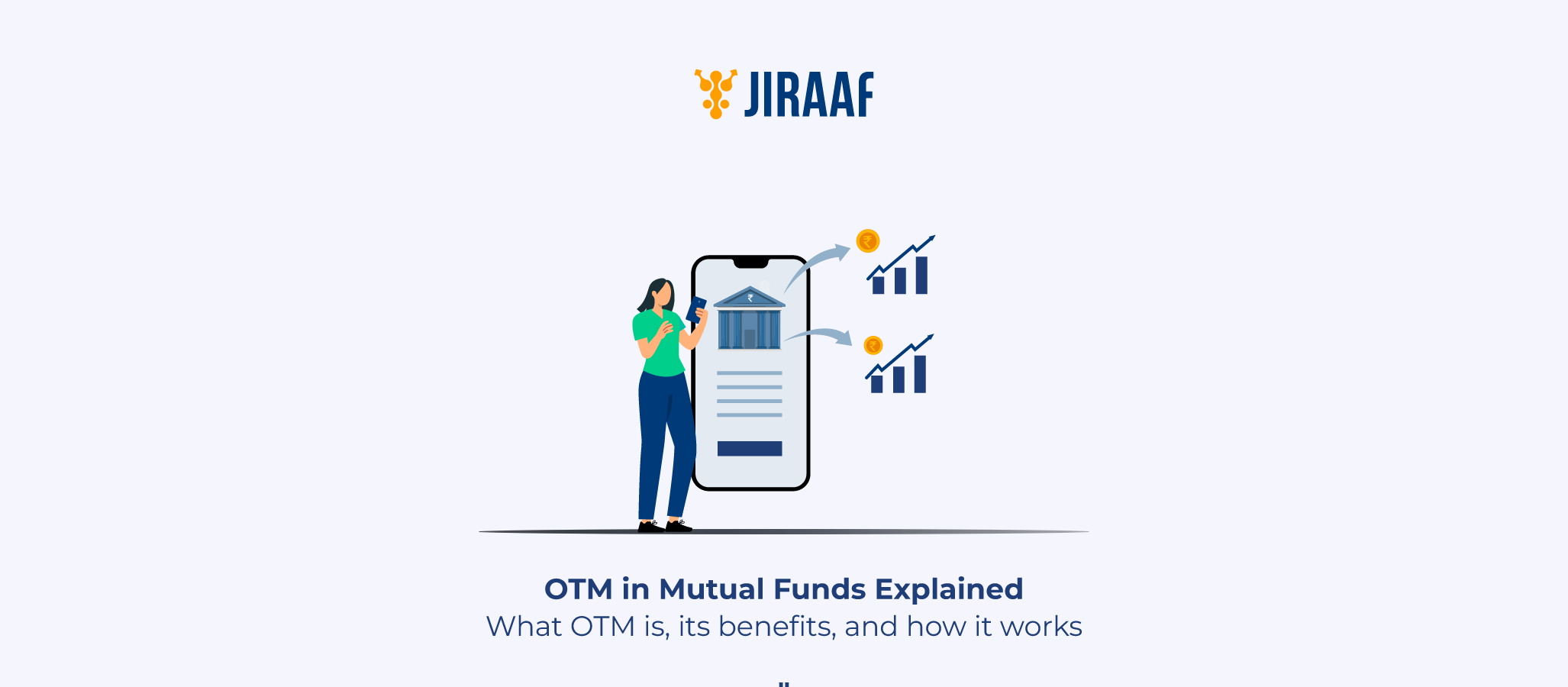Mutual funds can be an effective way to boost your potential wealth over the long run, regardless of your level of experience as an investor. You must understand how to pick mutual funds that will help you achieve your financial goals and provide the highest returns. Selecting the appropriate investment path is essential to increase your wealth in the ever-changing financial world. There are many possibilities available in the market, and the financial environment has expanded significantly. However, mutual funds are an appreciated option for investors looking for prospective returns, professional management, and diversification.
Why Choosing the Right Mutual Fund Matters?
Choosing the appropriate mutual fund involves more than just chasing profits; it additionally requires matching your investments to your time horizon, risk tolerance, and overall financial goals. Making the wrong decision could result in losses, needless stress, or even lost opportunities. Here’s why it matters:
- Investment goals: For short-term goals, debt funds are stable and ideal. If you are looking for wealth building in the long term, equity funds are for you. If you want to save taxes, equity-linked savings scheme (ELSS) funds come with section 80(C) deductions.
- Risk-tolerance: If you like market volatility, equity funds can reward you, whereas if you don’t, debt funds or hybrid funds are for you.
- Liquidity needs: If you need cash regularly and quickly, you should avoid lock-in funds like ELSS. If you are flexible, liquid funds allow instant withdrawals.
- Costs affect returns: High expense ratios and fees can cut your profits over time, and you might not be earning as much as you think you are.
- Tax efficiency: Choosing the right mutual fund can greatly impact your earnings because they are directly linked to the taxes you pay. Equity funds have a 12.5% LTCG tax after ₹1.25 lakh profit, and debt funds are taxed at slab rates.
How to Choose Mutual Funds: Step-by-Step
Several factors affect what mutual funds you can choose, such as your expectations, how much risk you are willing to take, expense ratios, and other costs involved, and of course, your investment timeline.
- Start by defining your goals: Think about where you want to be and in how many years, i.e., when. Decide why you are investing: for retirement, for a house, or your children’s education? This can help you select the most apt asset class mix and, accordingly, the right mutual fund scheme.
- Evaluate your risk tolerance: Consider how comfortable you are with market unpredictability in pursuit of higher returns. If you’re willing to accept short-term volatility for potential long-term gains, equity funds may suit you. However, if you prefer stability and lower risk, debt funds are likely the better choice.
- Plan your investment horizon: The asset class you decide on is determined by the timeline you have in mind. For the long term, equity is better, whereas for a shorter time, debt funds are suited.
- Investigate fund performance: It is quite important to monitor and evaluate how a mutual fund has done in the past to finalize on it. While past performance doesn’t guarantee future returns, it can provide a sense of confidence and insight into how the fund has managed different market conditions.
- Analyze fund costs: Look at the expense ratio of the mutual fund. Seek funds with low charges as they may greatly impact your overall earnings. The cost of investing in passive funds is comparatively lower. It is recommended that you speak with your financial advisor before investing to gain better insights.
- Understand taxation: Before investing in mutual funds, it’s crucial to understand the applicable tax rules, as taxes can significantly impact your overall returns. Being aware of current tax laws helps in smarter fund selection and better post-tax planning, ensuring you don’t lose a substantial portion of your gains to taxation.
- Lump sum vs systematic investment plan (SIP): You can either put in a one-time lump-sum payment or opt for SIPs at regular intervals, usually monthly. Notably, rupee cost averaging and compounding power are two advantages of investing through SIPs.
How to Evaluate Mutual Fund Performance
Examining the fund manager’s or the fund management team’s performance information is crucial when evaluating a mutual fund’s performance. Selecting a mutual fund involves more than just looking at how it’s done in the past; it also involves consistent performance, risk management, and goal alignment. Even if a fund’s historical performance does not ensure future returns, the certainly inspires confidence among investors. Pro tip: Consider various return periods, including rolling returns and calendar years. Although they are encouraging, potential gains under various market situations cannot ensure future success.
- Check for CAGR: A steady 12%+ CAGR beats erratic 20% spikes.
- Check rolling returns: This tells you about performance across many market cycles, not just the favourable ones.
- Study the portfolio: For equity funds, look at low churn, quality stocks. For debt funds, you should consider more well-rated funds with lower credit risk.
- Lastly, evaluate expense ratios: Expense ratio eats up a significant portion of your assets. Understand and keep a track of expense ratios across all your investments. Try to select funds with reasonable expense ratios.
Mutual Funds for Long-Term Investment
If you are looking to grow your money over the long term, there are a few categories that are better suited to meet your demands, such as:
- Index Funds: Index funds invest in the same stocks as a benchmark index like Nifty 50 or Sensex. Being passively managed, they have low expense ratios, typically ranging from 0.1% to 0.5%, making them cost-effective for long-term investors.
- Large-Cap Funds: These funds invest in India’s top 100 companies by market capitalization. They offer stability and consistent returns. As they are actively managed, expense ratios are moderate to high, usually between 1% and 2%.
- Bluechip Funds: Blue-chip funds focus on well-established, financially sound companies known for strong performance. These are mostly large-cap stocks.
- Flexi-Cap Funds: Flexi-cap funds invest across large-, mid-, and small-cap stocks without restriction. This provides diversification and adaptability. As they are actively managed, expense ratios are moderately high, often 1%–2.25%.
- Mid-Cap and Small-Cap Funds: These funds invest in mid-sized and small companies with high growth potential but higher risk. Due to active management and research, expense ratios are relatively high.
- Hybrid Funds (Balanced Funds): Hybrid funds invest in a mix of equity and debt instruments, offering a balance of risk and return. Expense ratios vary by equity exposure but are usually moderate, ranging from 1% to 2%.
- ELSS: These invest across all market caps as well, but they come with the advantage of tax savings under section 80C and a three-year lock-in.
- Sectoral/Thematic Funds: These focus on specific sectors like banking, IT, or pharma. They carry concentrated risk and require strong sector conviction.
Common Mistakes to Avoid When Picking Mutual Funds
- Chasing returns: The top mutual fund performers change as often as every week or month, so you can’t fully rely on past returns to analyze how the payback will be today.
- Sectoral/thematic funds: As market dynamics evolve, different sectors outperform at different times. This makes sectoral or thematic funds attractive to many investors due to their high return potential. However, unlike diversified equity funds, these funds carry higher risk due to their concentrated exposure to specific industries or themes.
- Focusing on mid and small-cap funds: Only if you want high returns with high risks, consider these. They aren’t meant for everyone.
- Not reviewing your portfolio: Regularly reviewing your investments helps identify potential risks early, ensures alignment with your financial goals, and can uncover opportunities to improve returns. Staying updated and making timely adjustments enhances portfolio performance and minimizes long-term issues.
Conclusion
The process of deciding on a mutual fund might seem confusing at first, but it is only a matter of breaking down the process into simpler steps. Once you have the basics sorted out, you just need to let time work on your investments and, in the end, reap the benefits of your seed. Start small, maintain discipline, and seek advice from a financial counsellor if necessary.
FAQs
What is the best way to choose mutual funds in India?
Choosing the right mutual fund is determined by many factors, like investment horizon, risk tolerance, and return expectation. The fee ratio, historical performance, fund manager expertise, and assets under management are some of the factors to consider when choosing a fund.
How do I know which mutual fund is right for me?
You need to evaluate which mutual fund is right for you after understanding your risk tolerance, timeline in mind, your expected returns, and the costs you are willing to incur.
How can I evaluate a mutual fund’s past performance?
Consider more than just one-year results. Verify the consistency of the CAGR over a period of 5+ years and compare it to the benchmark. Examine rolling returns to see how the market has done over time. Examine risk-adjusted ratios to see how volatility is being managed. Returns are maximized when expense ratios are low (<1%). Future outcomes aren’t influenced by past performance, but trends are important.
Are SIPs better for long-term mutual fund investments?
SIPs provide consistency by enabling fixed, recurring investments, making them a beacon for long-term financial security. By diversifying across market stages, they thrive on compounding and distributing risk. A comprehensive strategy is needed to select the best SIPs, taking long-term objectives and risk tolerance into account.
Discover fixed income investments with Jiraaf, a SEBI registered online bonds platform that educates and brings access to a wide array of bonds. Sign up today to explore diversified fixed income investment opportunities to support your goal-based wealth creation journey. Start investing!



